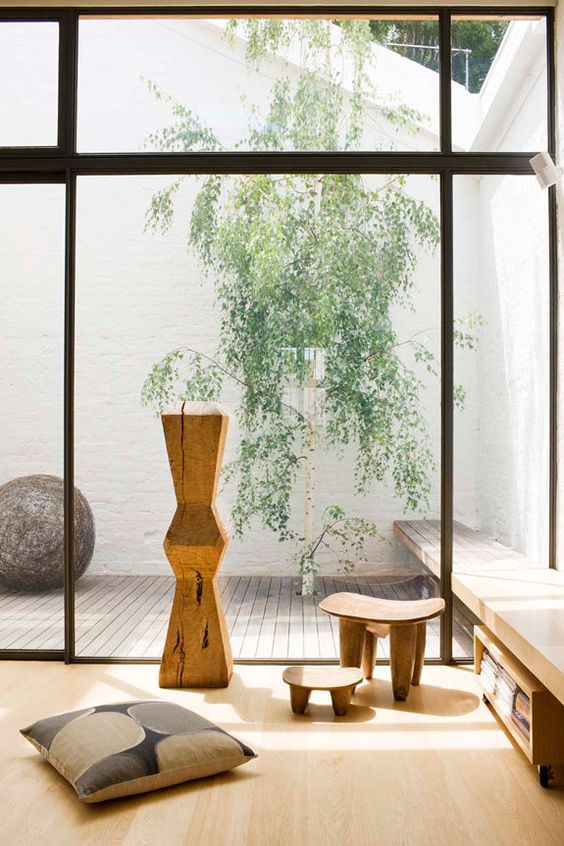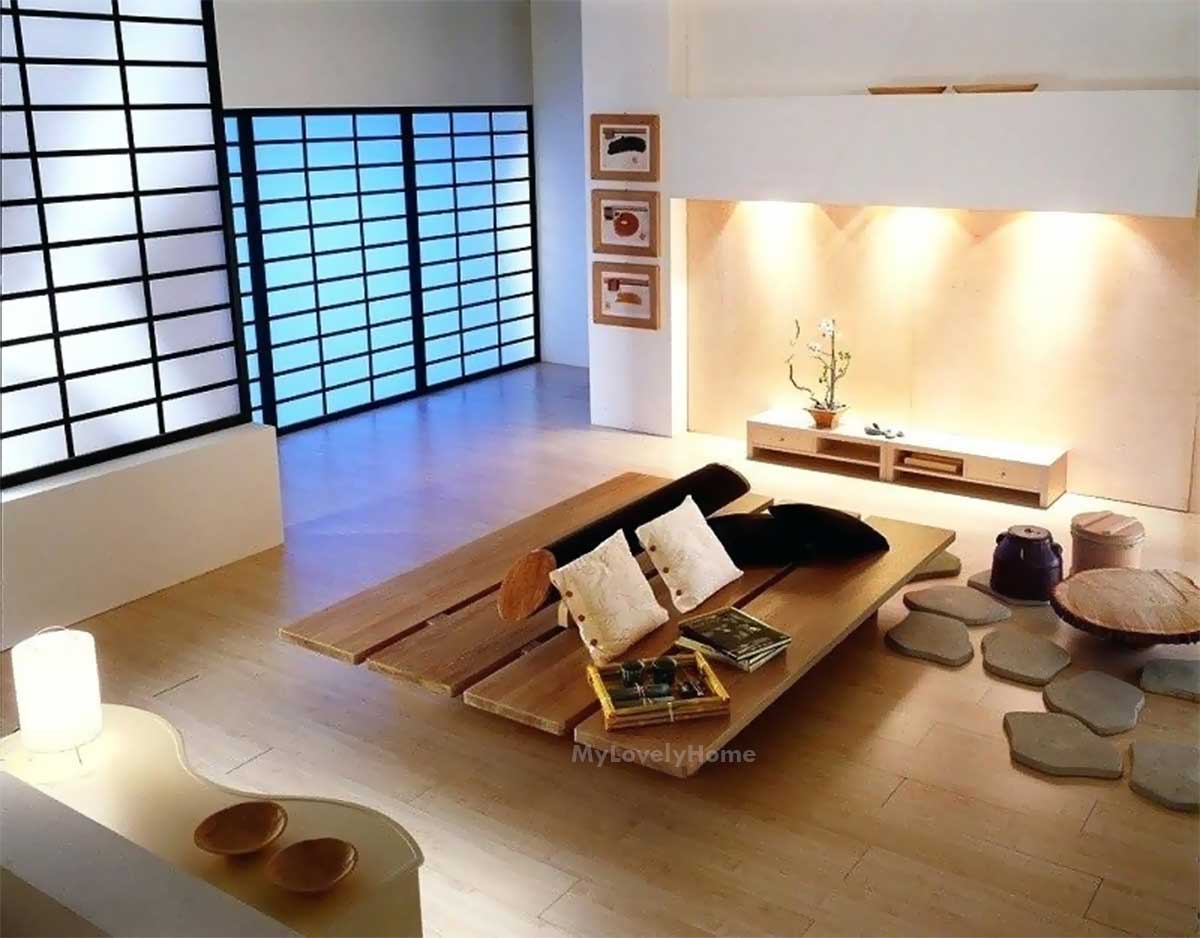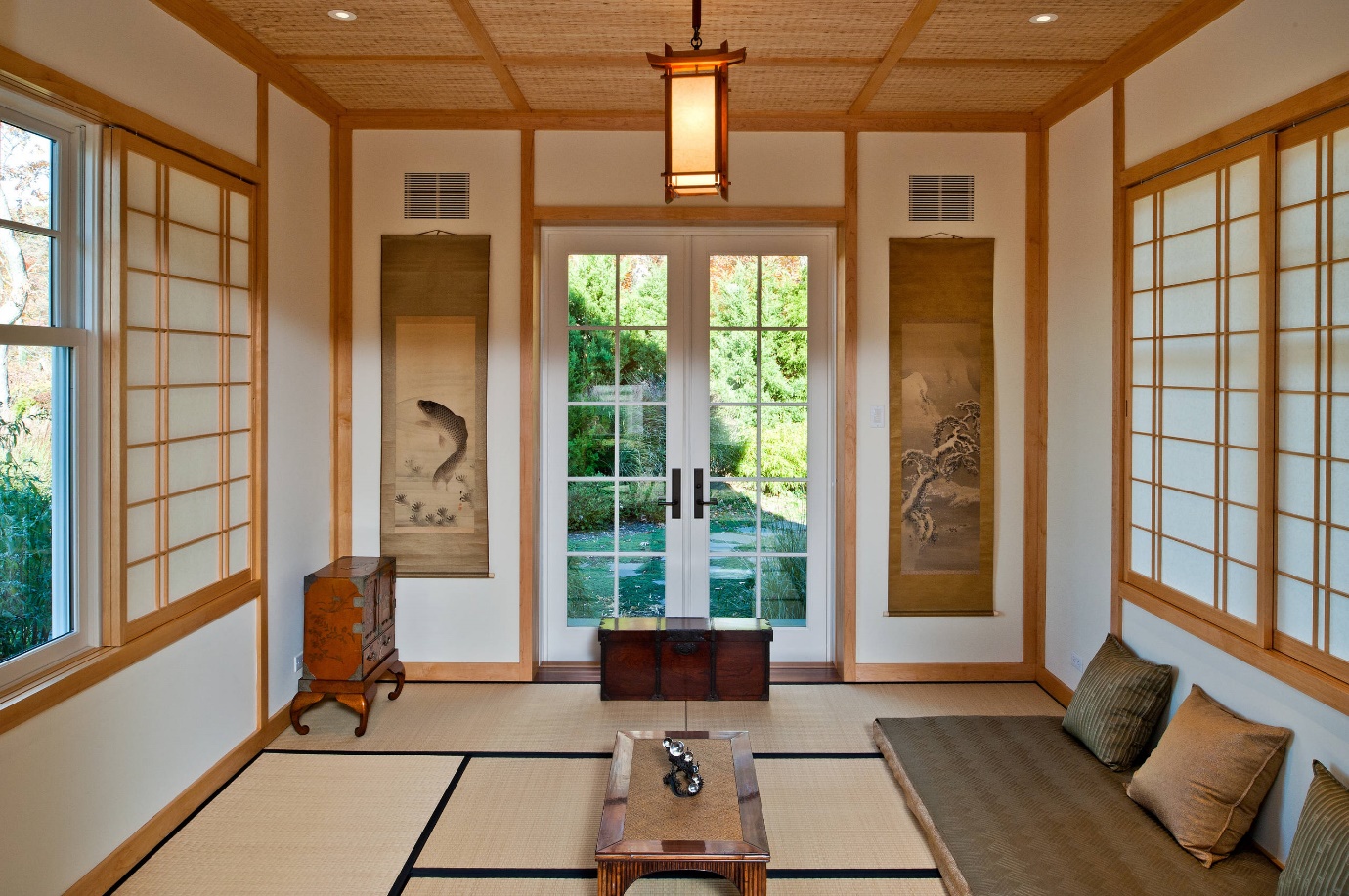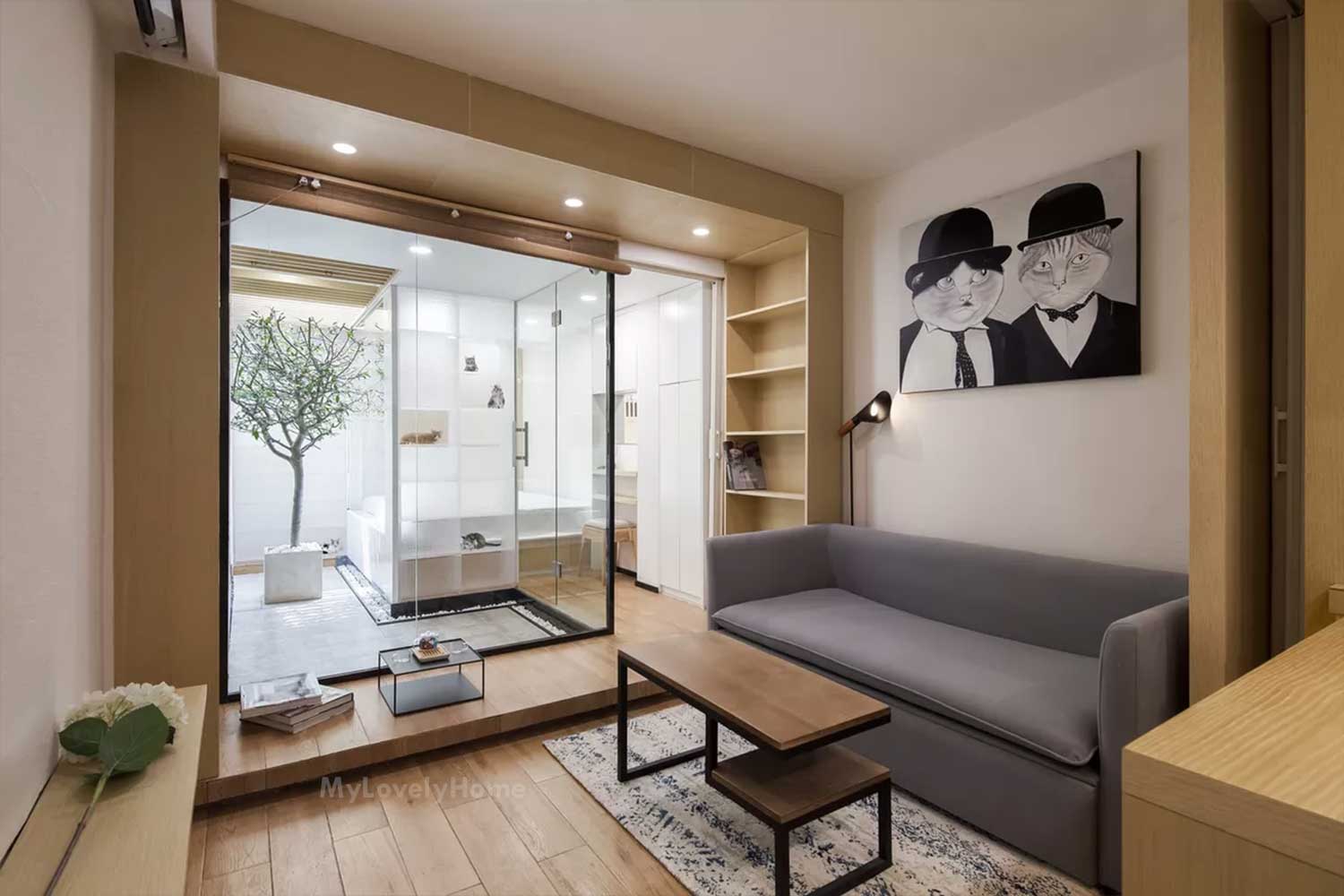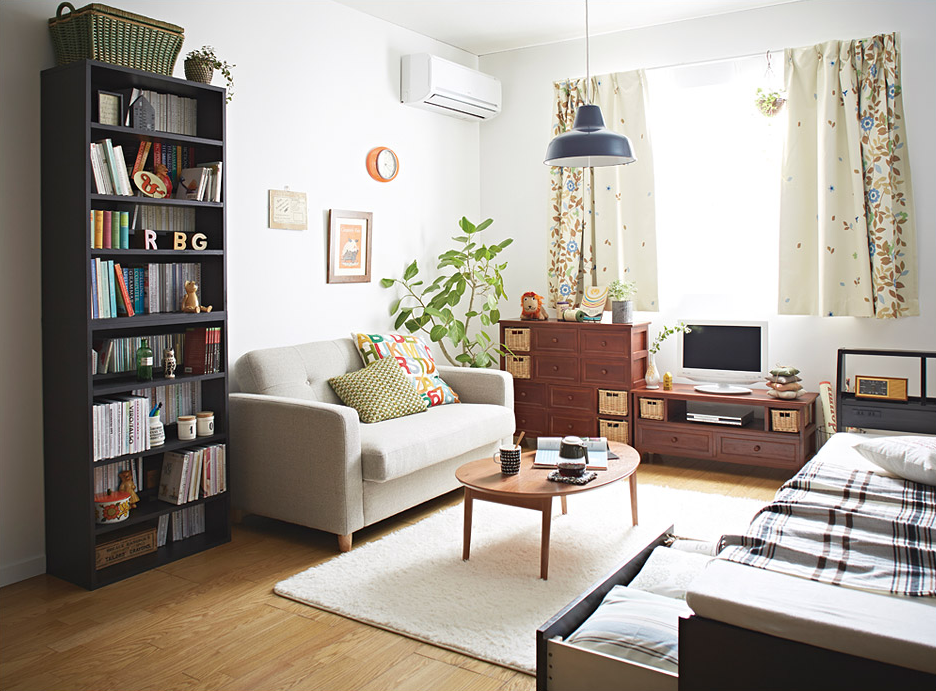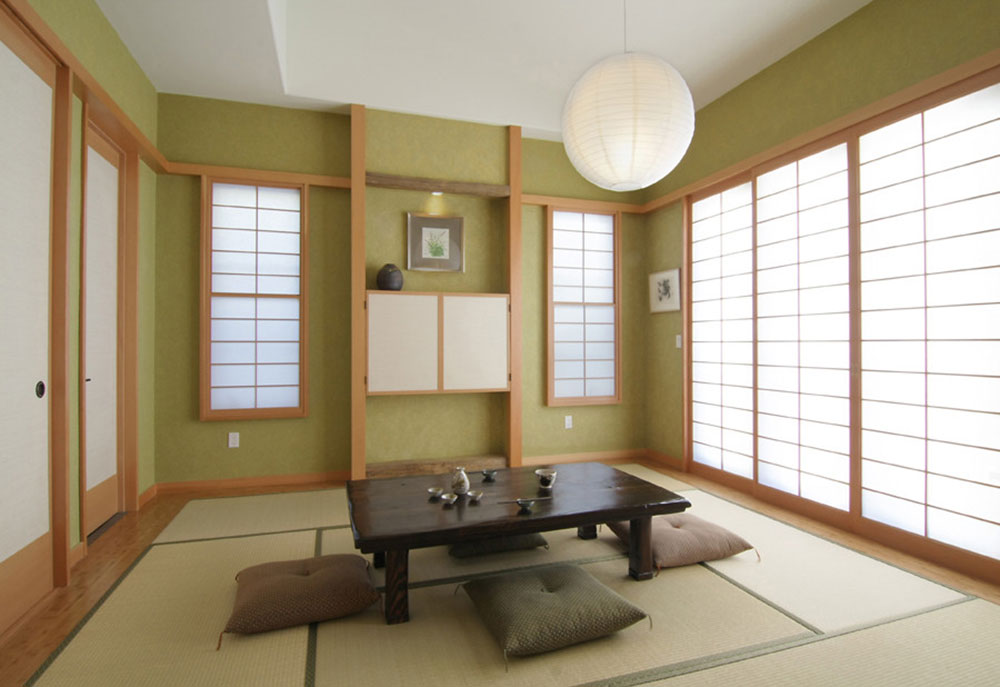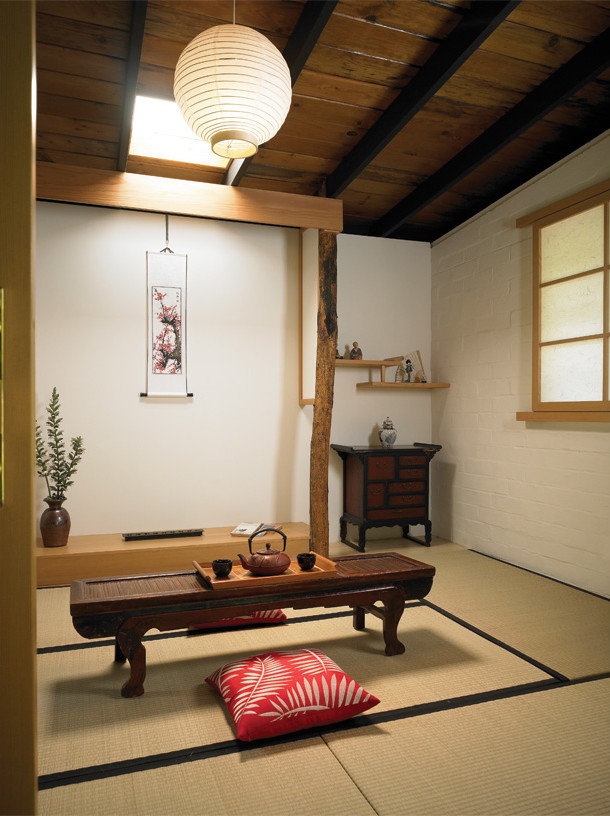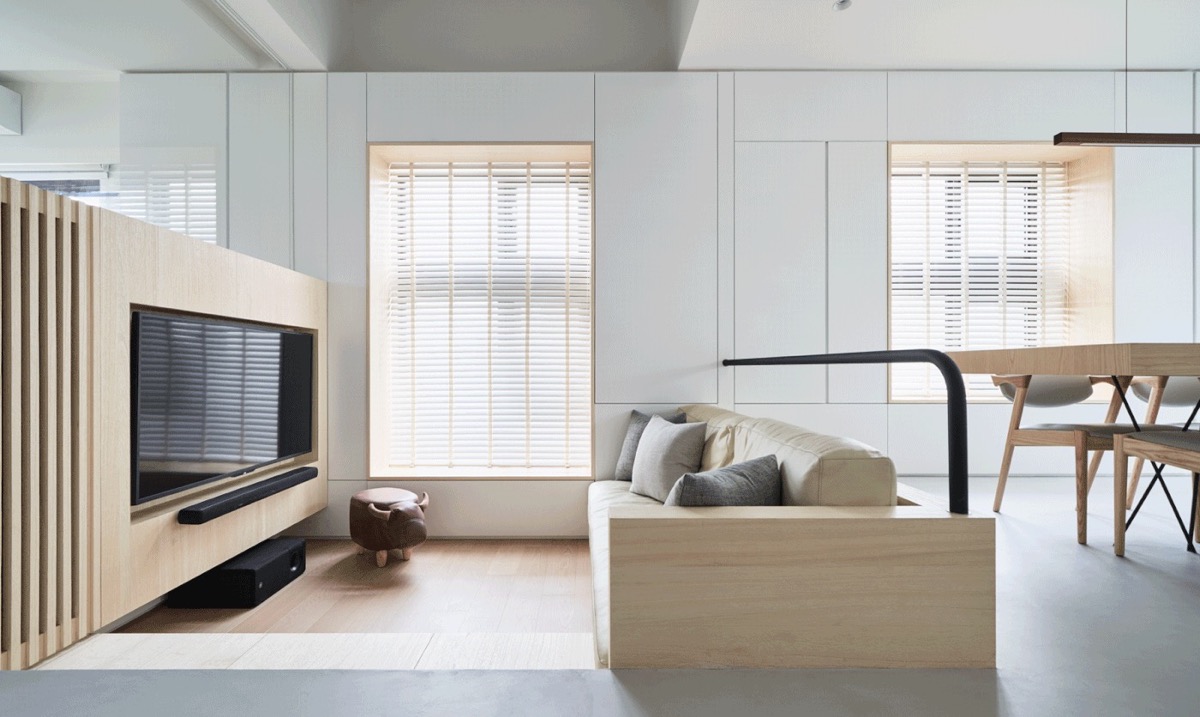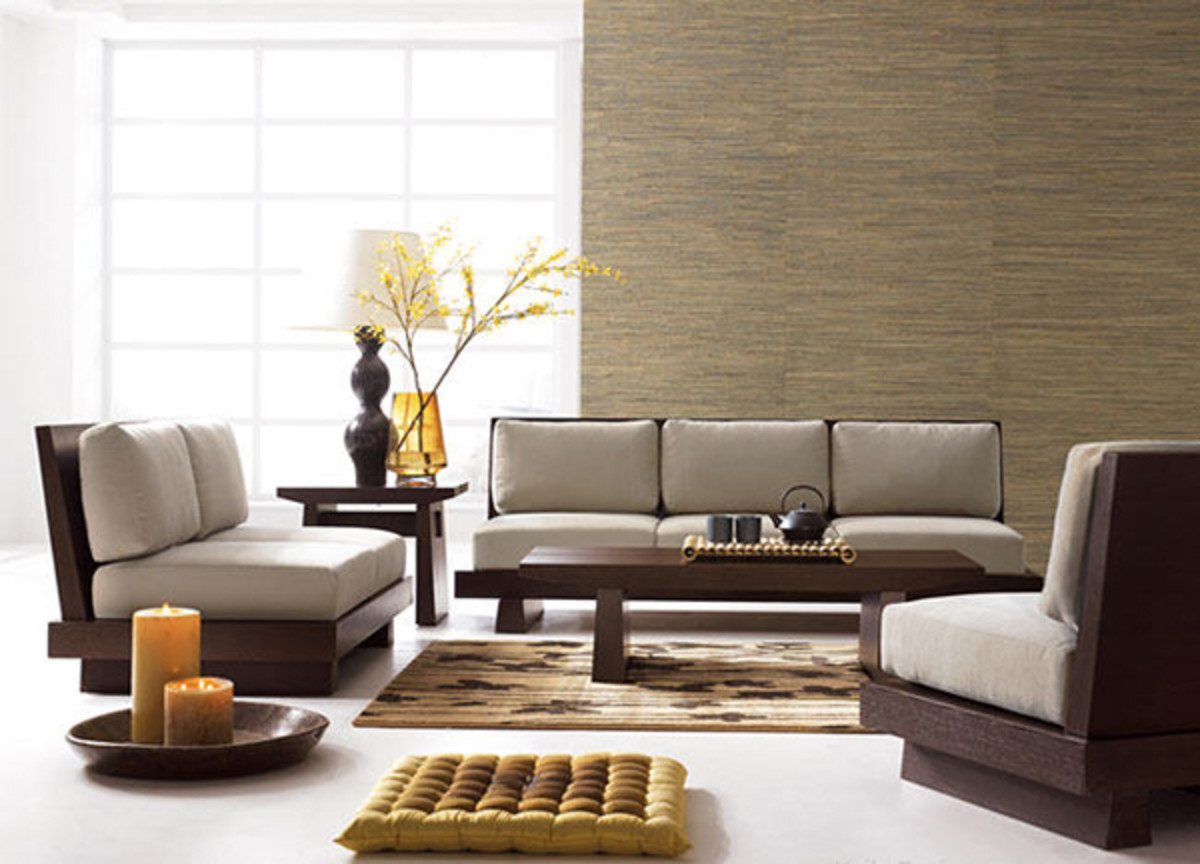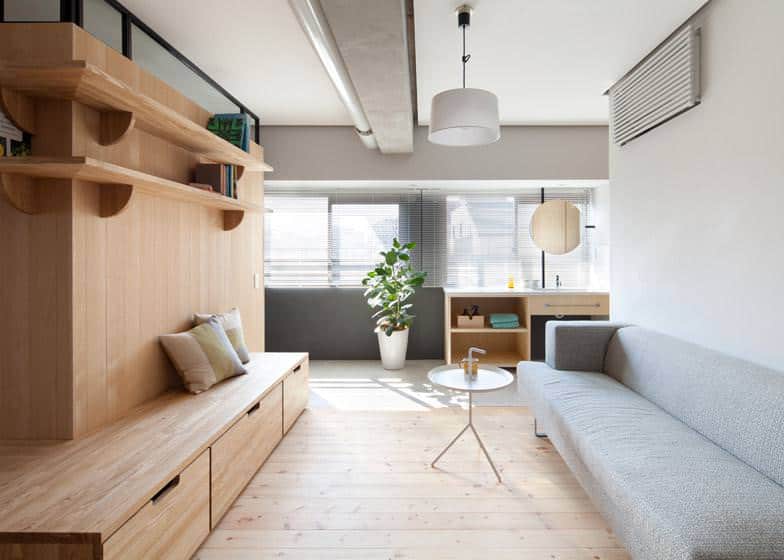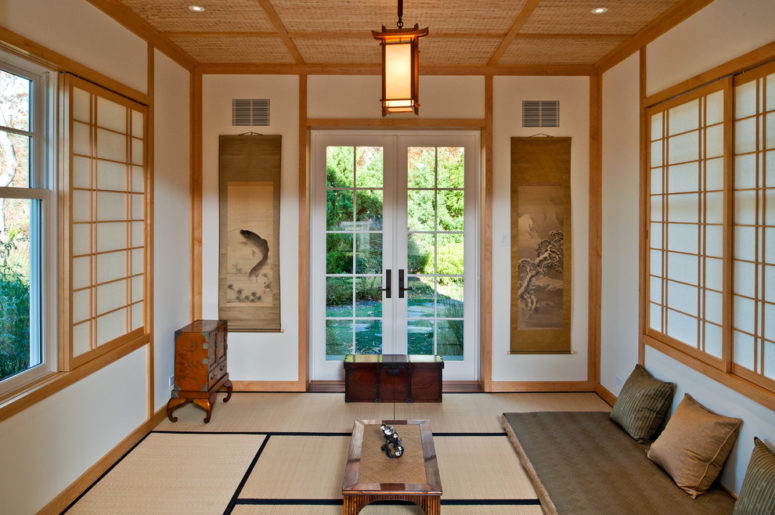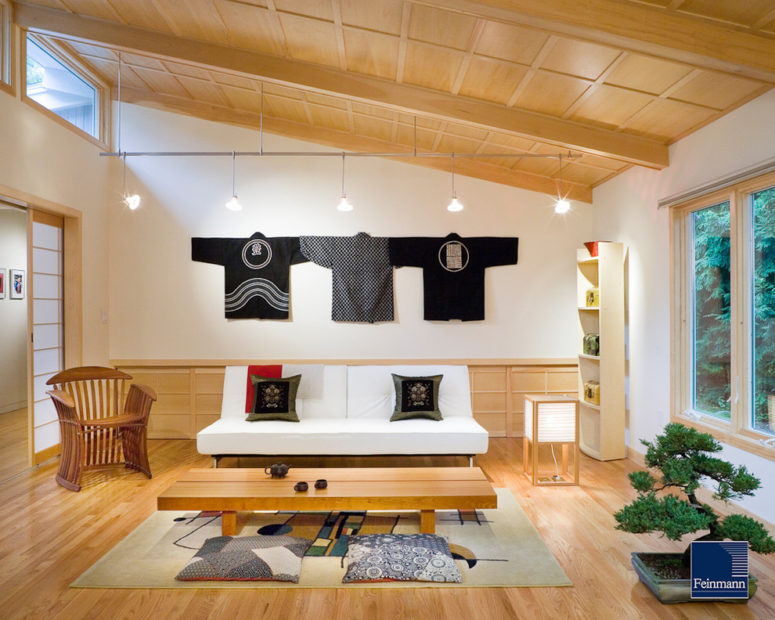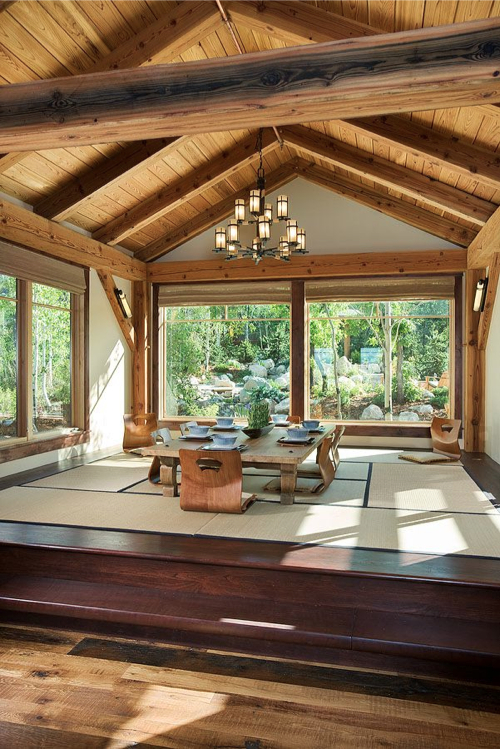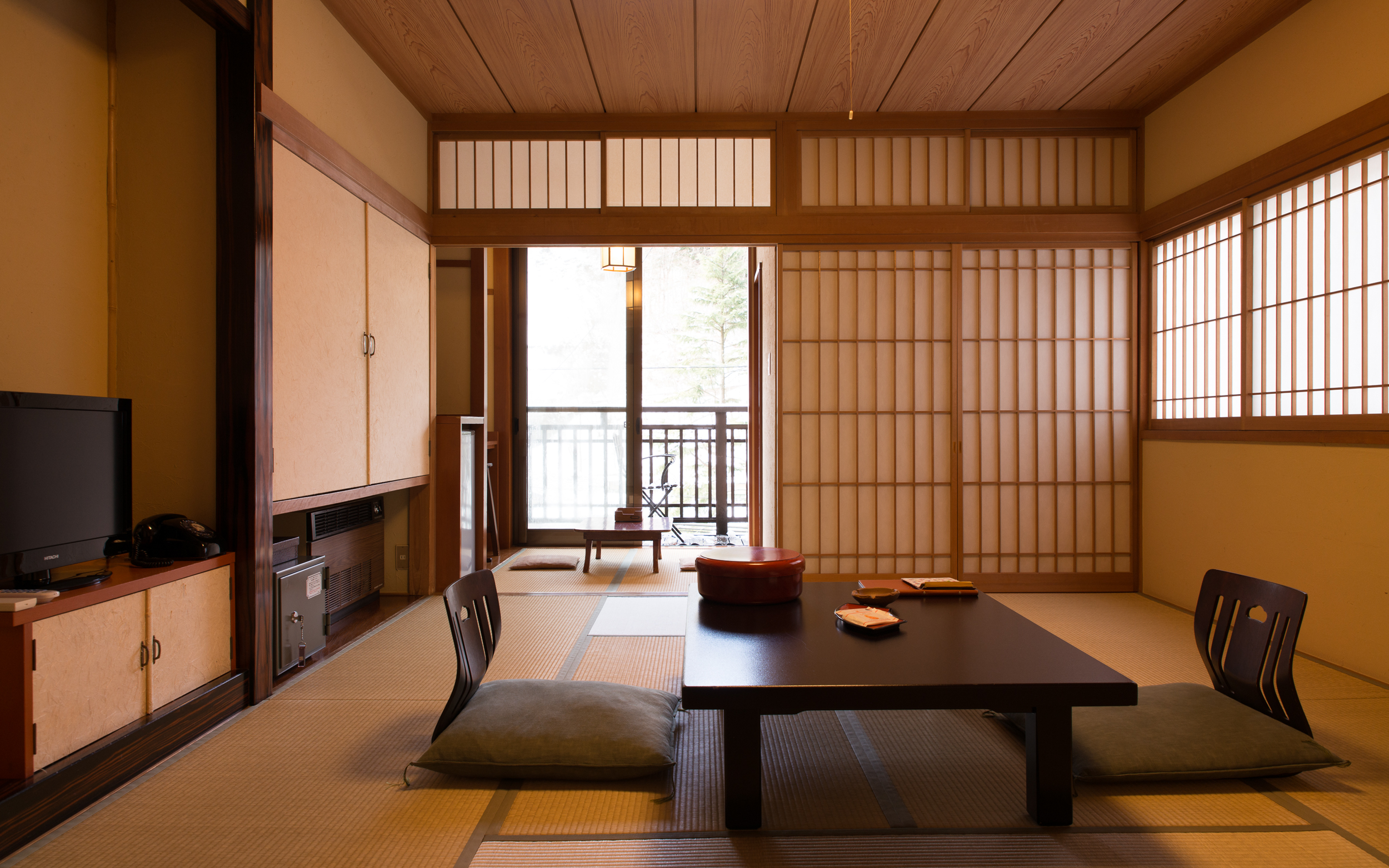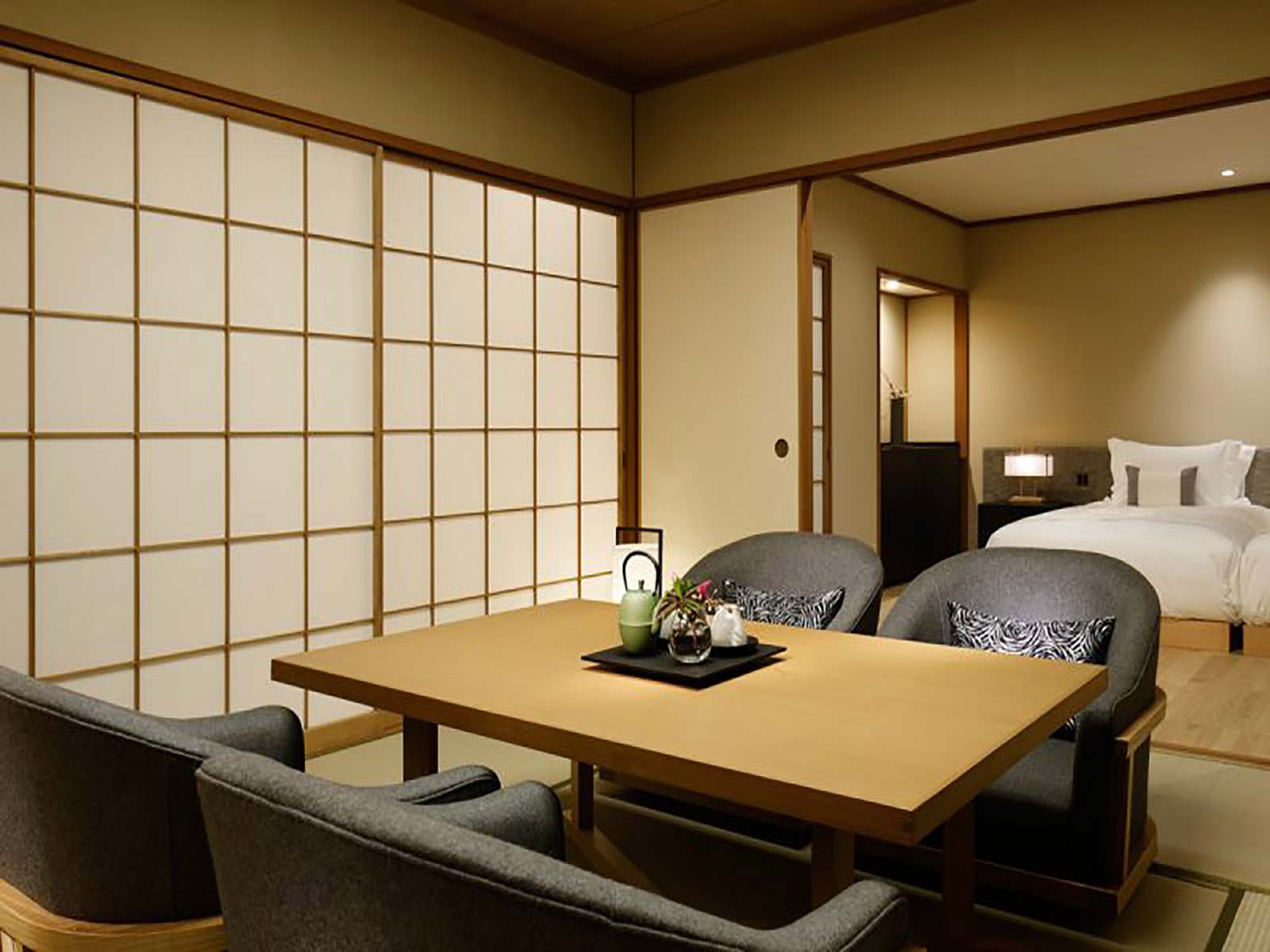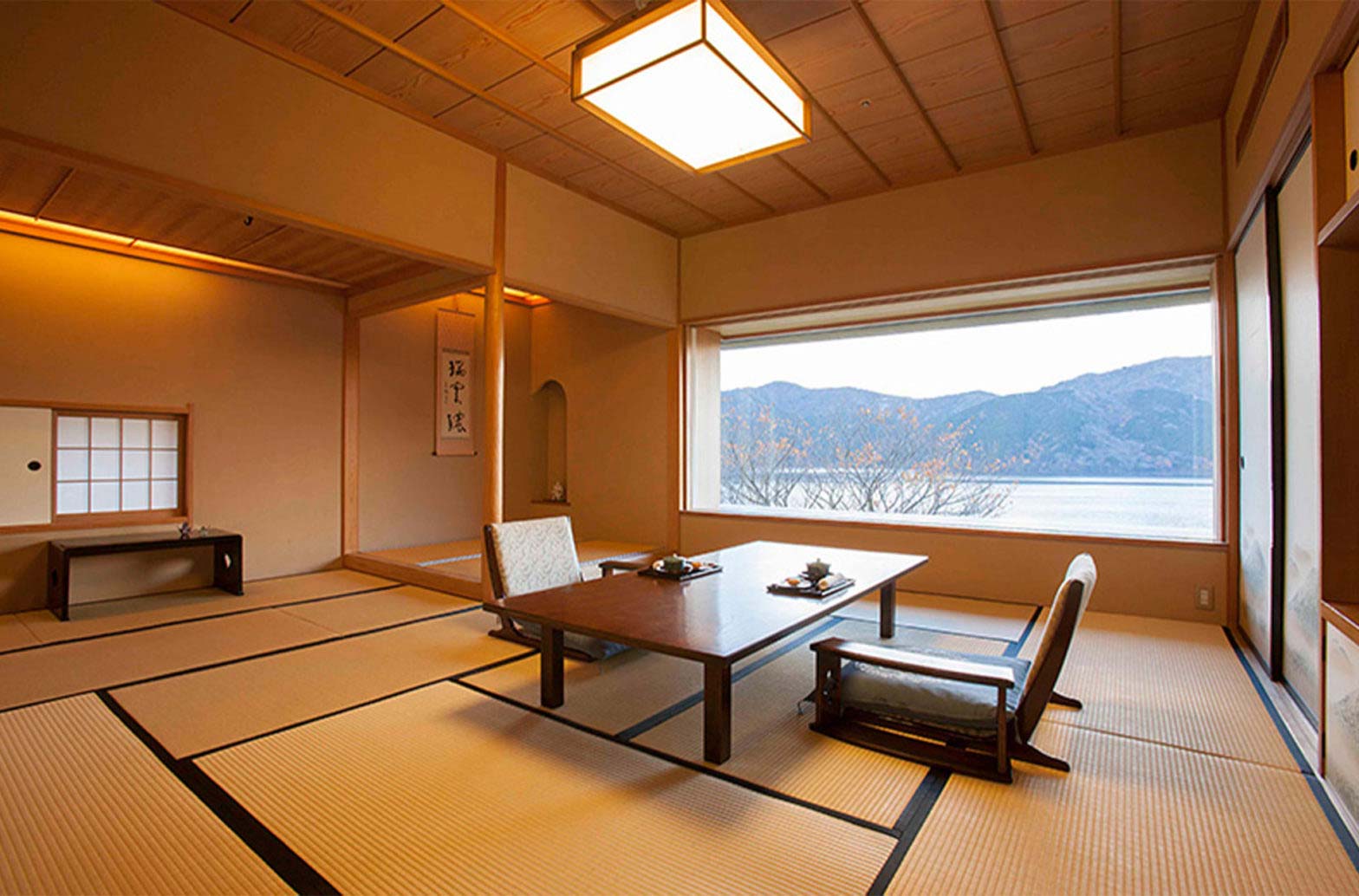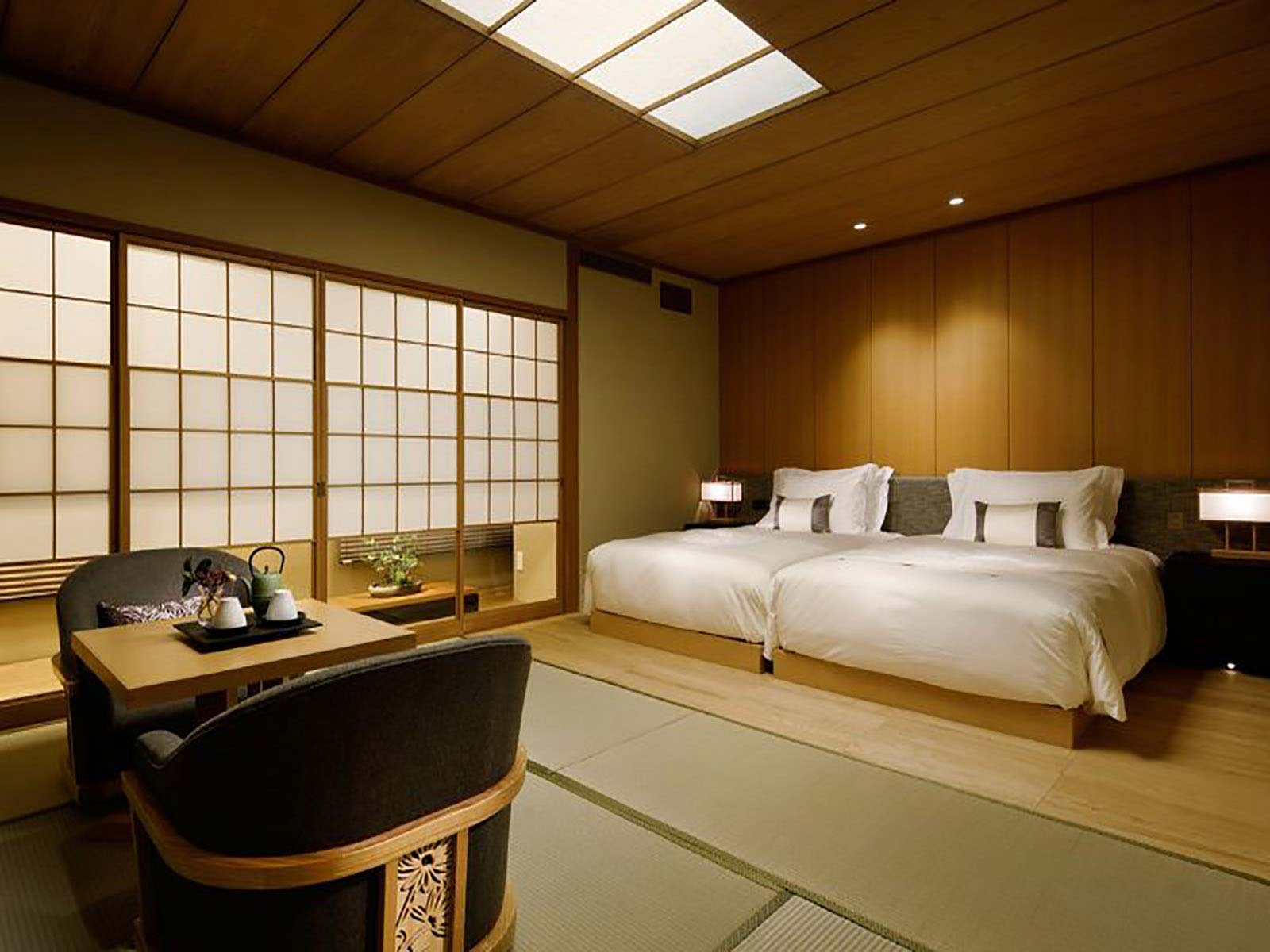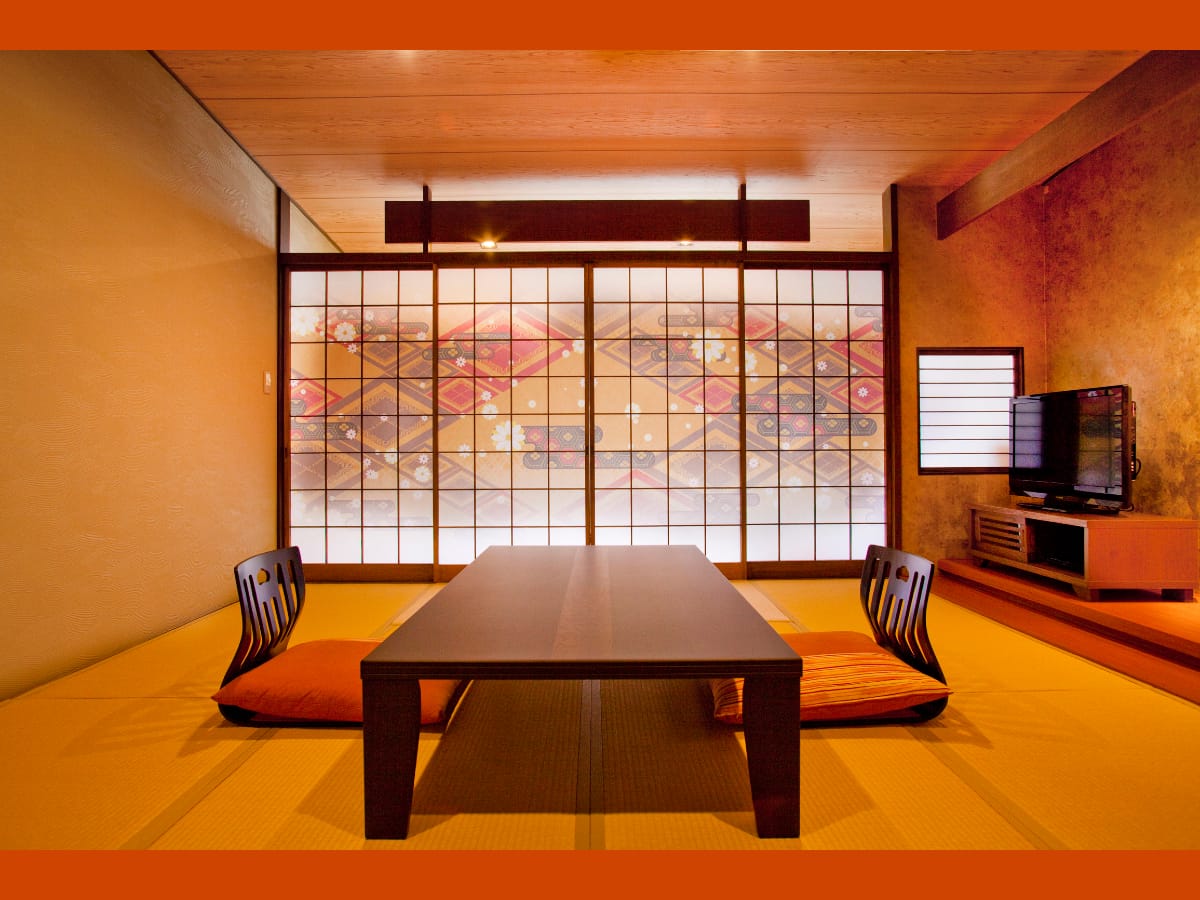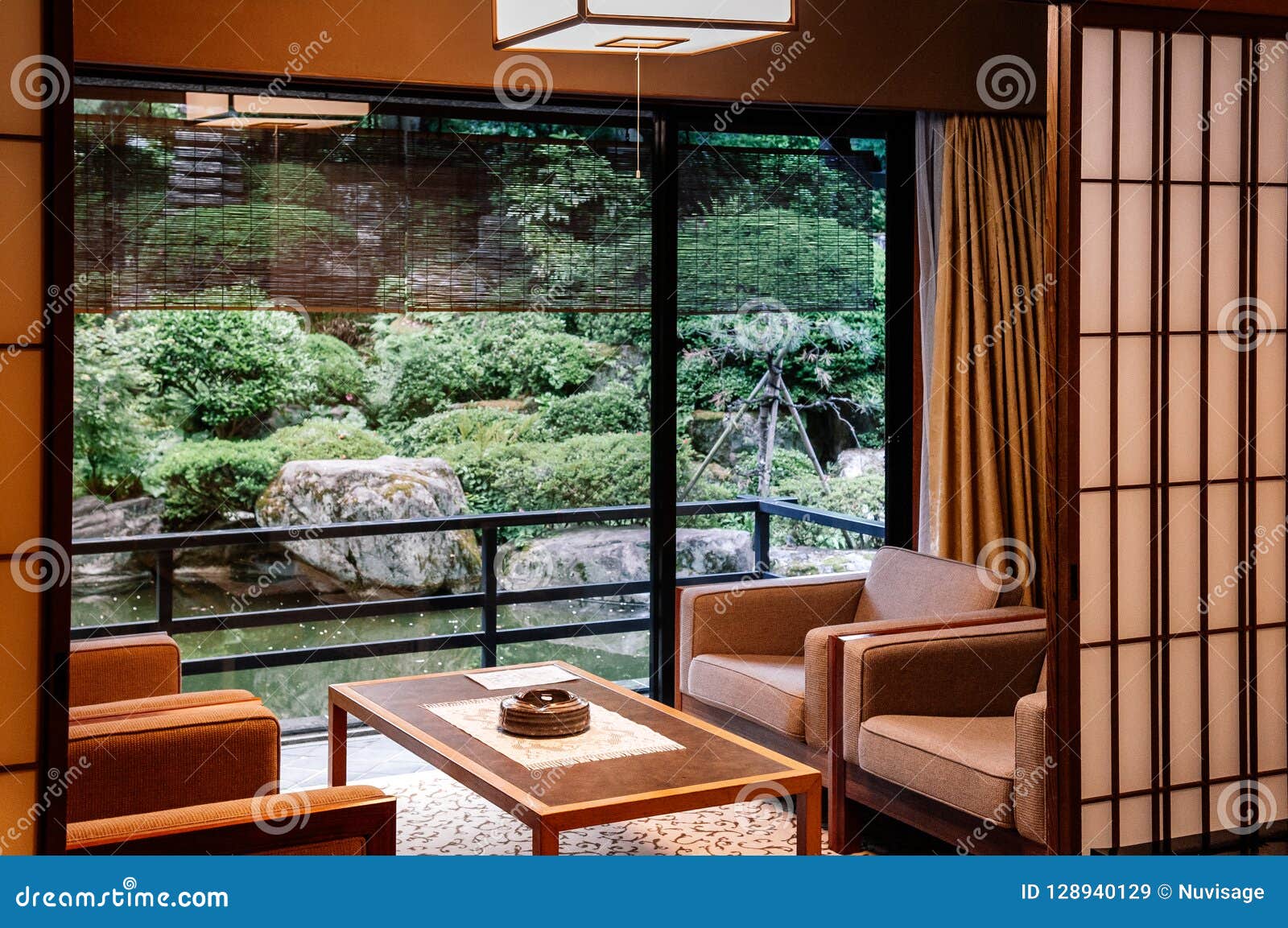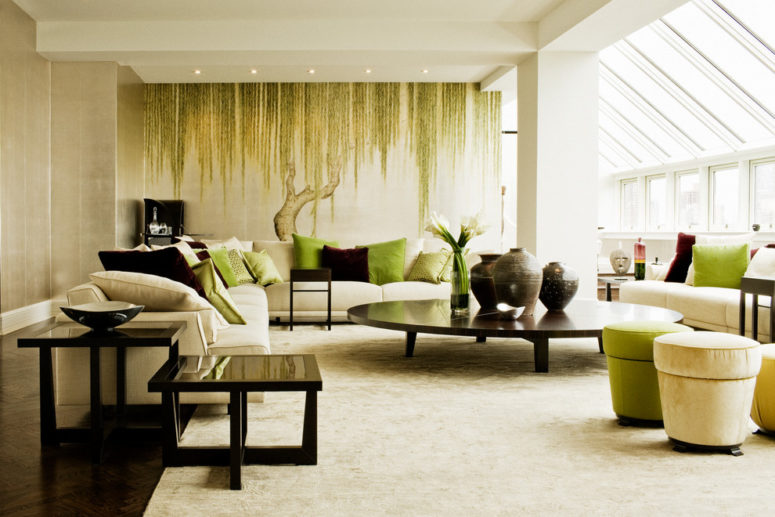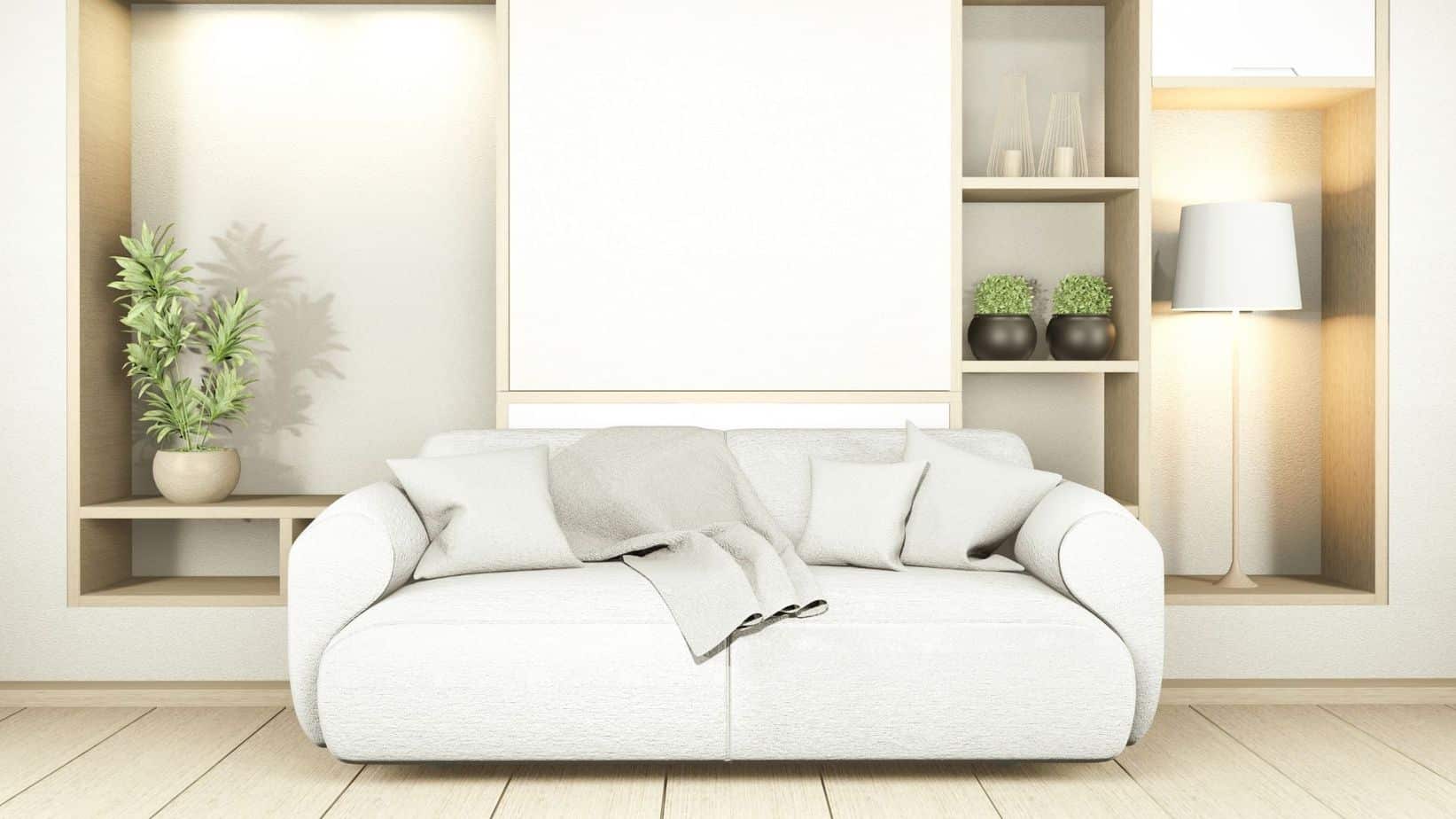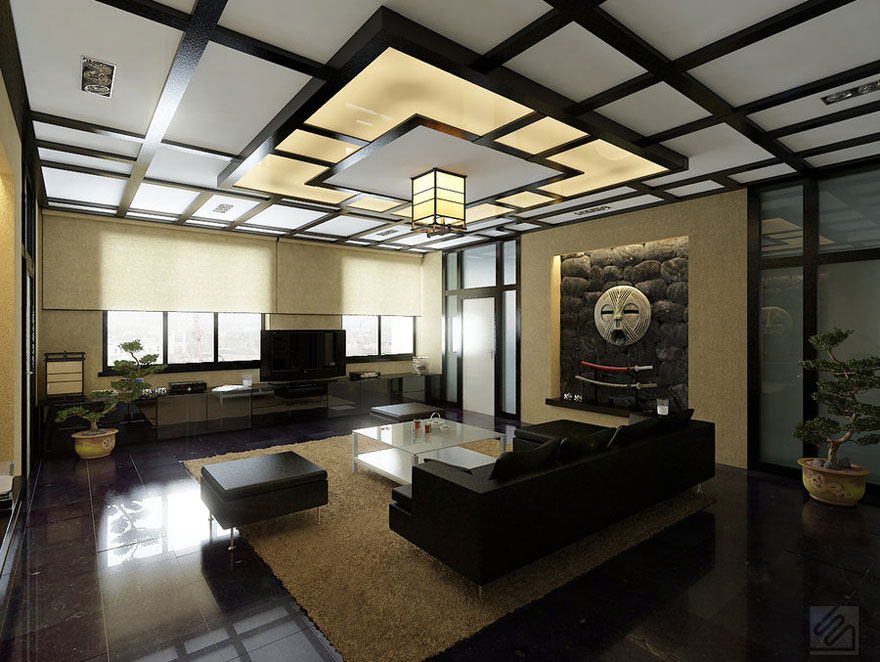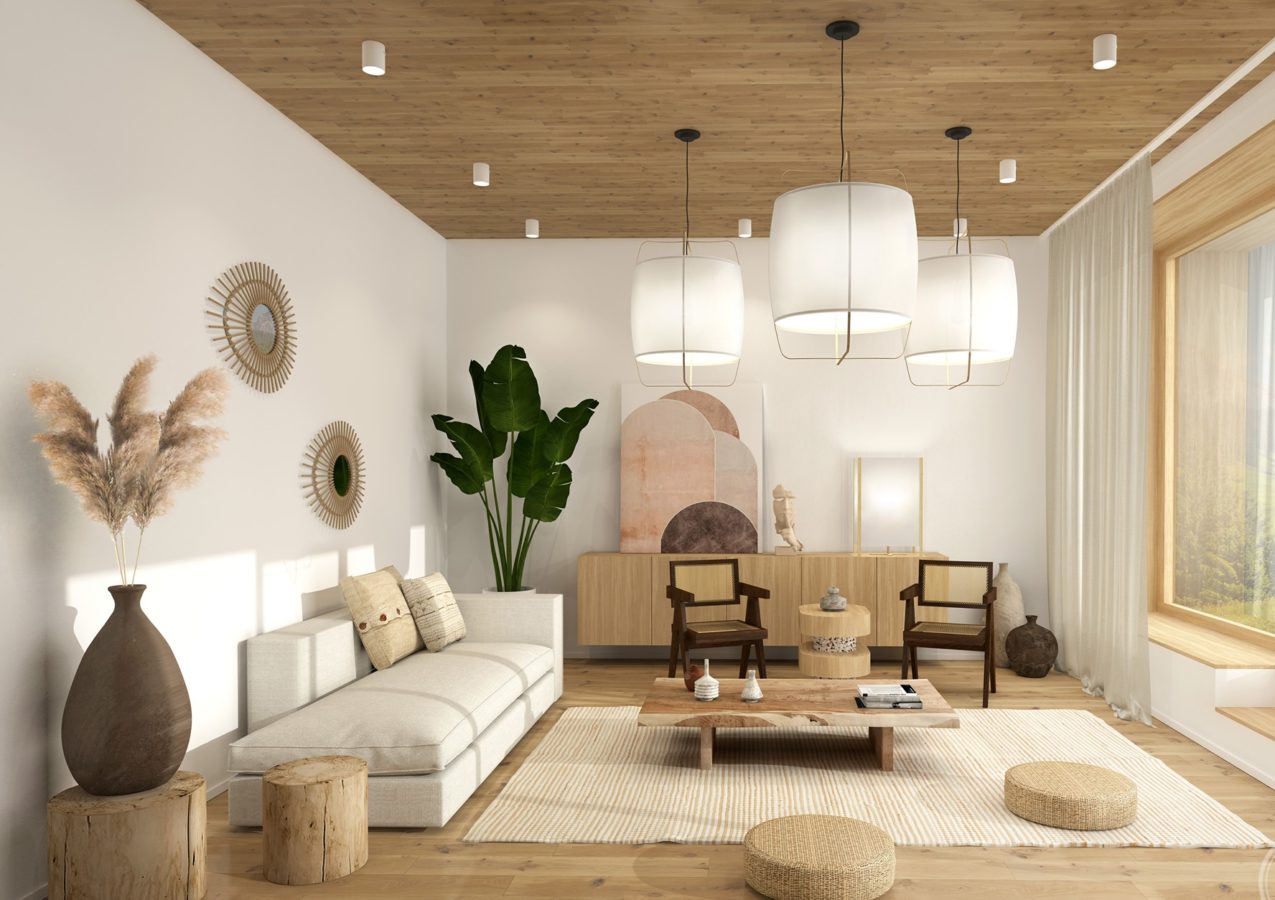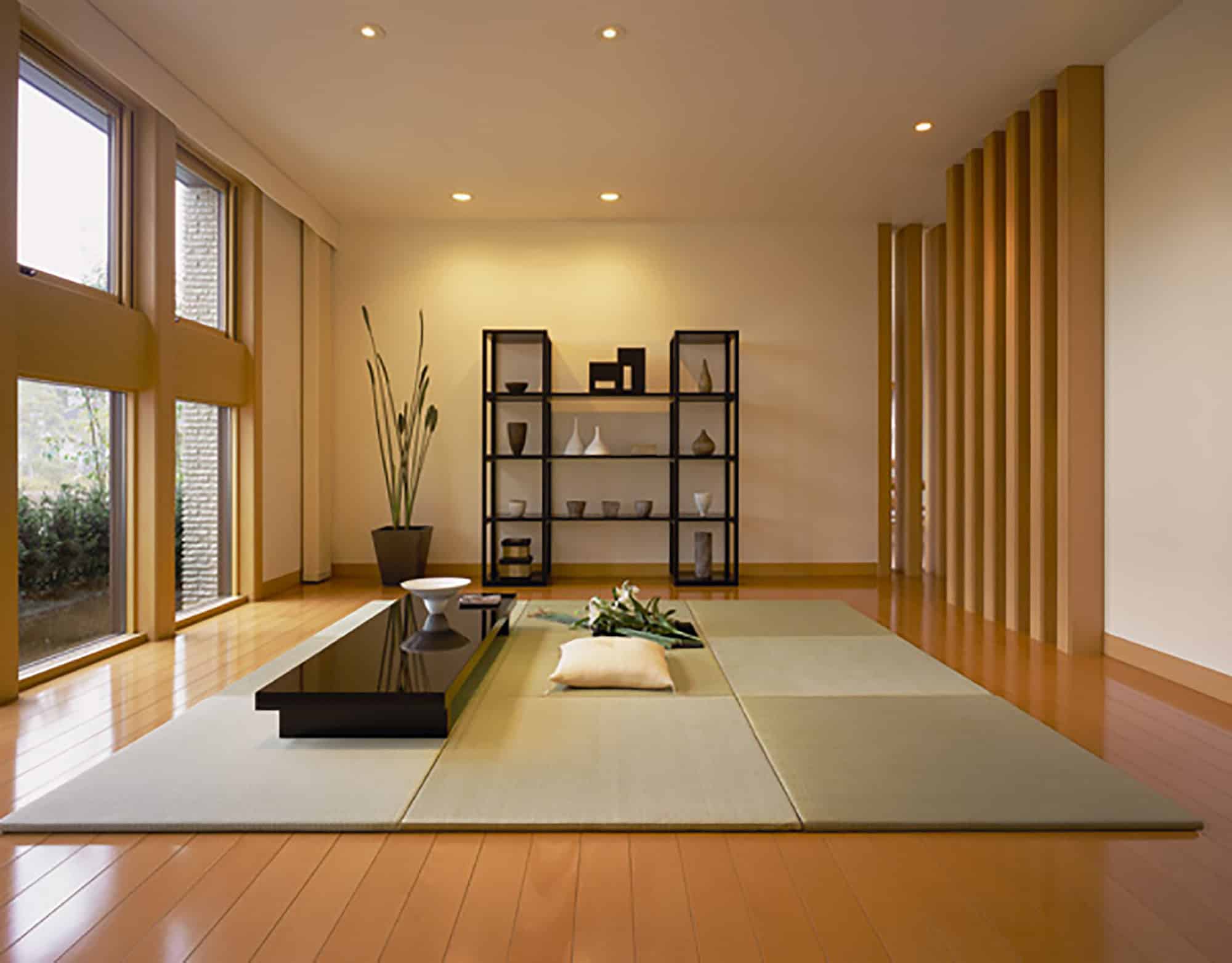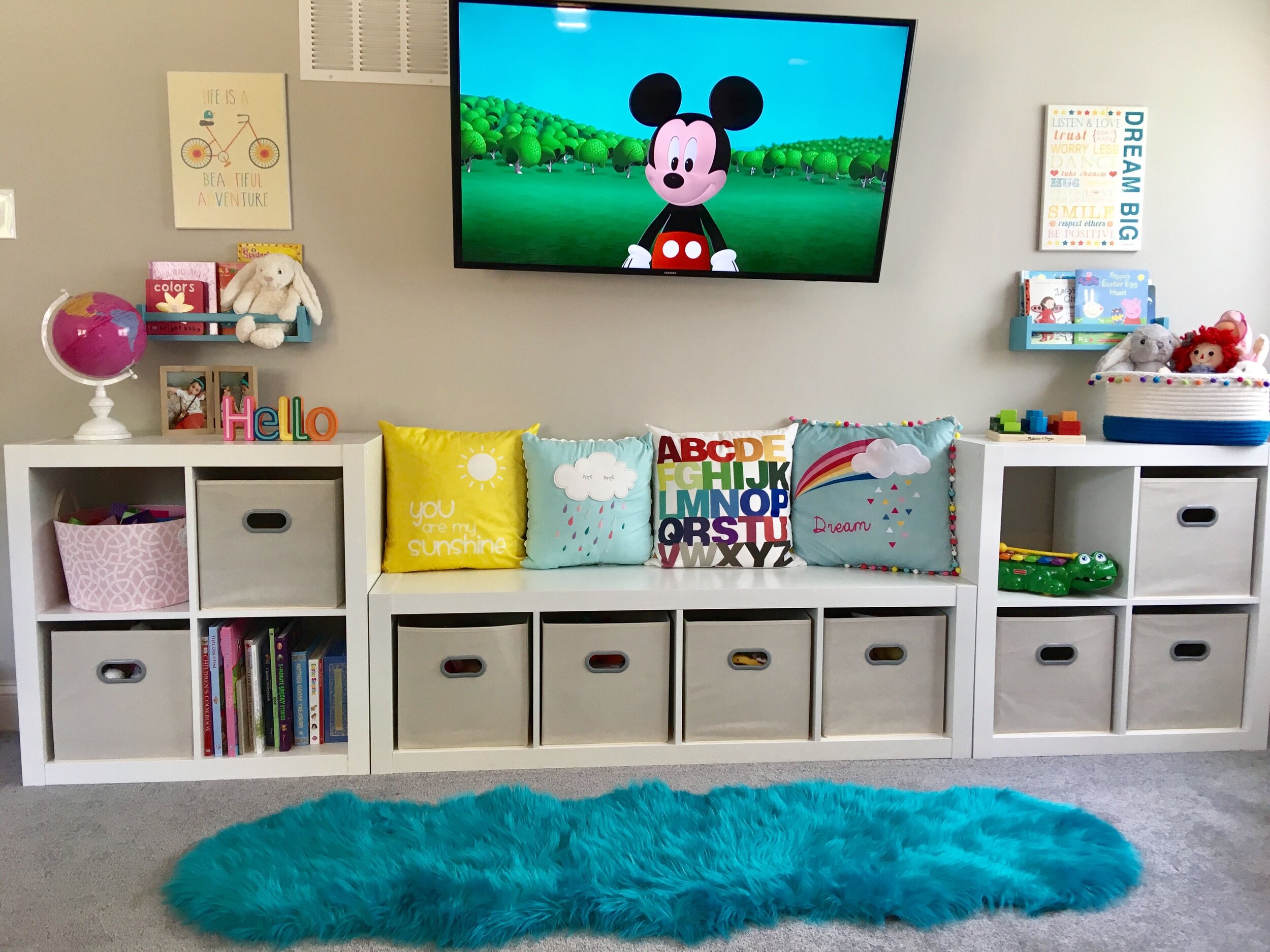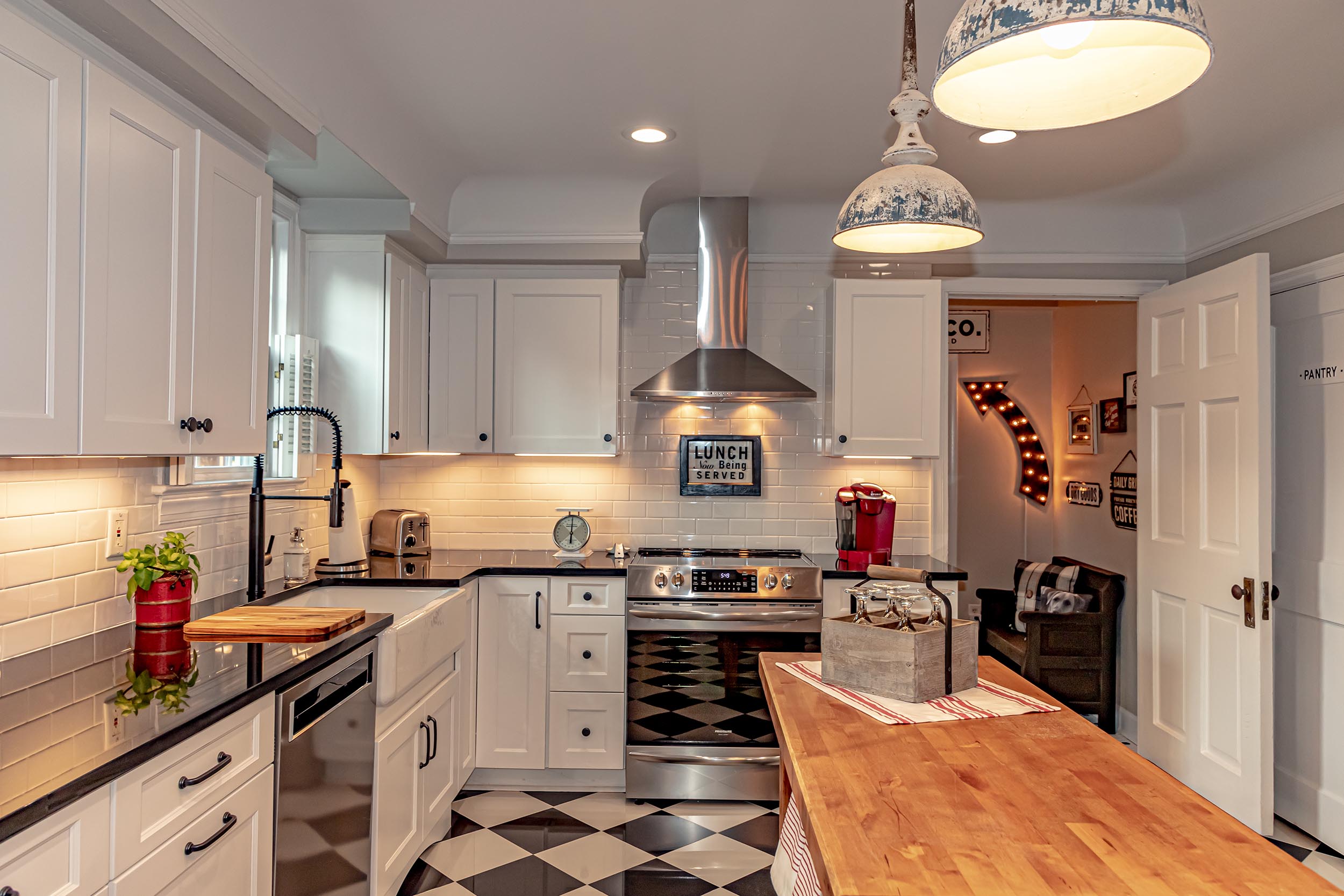Japanese-style living room design ideas
The traditional Japanese living room, also known as the washitsu, is a beautiful and tranquil space that reflects the unique culture and lifestyle of Japan. With its emphasis on simplicity, natural elements, and harmonious design, a Japanese-style living room can bring a sense of peace and serenity to any home.
If you're looking to create a Japanese-inspired living room in your own home, here are 10 design ideas to get you started.
Japanese living room furniture
The furniture in a Japanese living room is typically low to the ground, with clean lines and a minimalist aesthetic. Tatami mats are often used as flooring, and futons are a common seating option. Other traditional furniture pieces include low tables and floor cushions, which can be easily moved and rearranged to create different seating areas.
For a more modern take on Japanese living room furniture, consider incorporating low-profile sofas or chairs in neutral colors, as well as wooden coffee tables or shelves with simple designs.
Traditional Japanese living room
A traditional Japanese living room is characterized by its use of natural materials, such as wood, paper, and bamboo. Sliding doors, known as fusuma, are often used to divide the space and can be opened to create a larger, more open living area. Shoji screens, made of rice paper and wooden frames, are another common feature in traditional Japanese living rooms, adding a soft and diffused light to the space.
To create a more authentic traditional Japanese living room, consider incorporating bamboo blinds, paper lanterns, and wooden screens into your design.
Minimalist Japanese living room
Minimalism is a key element in Japanese design, and this is especially evident in the living room. A minimalist Japanese living room is defined by its simplicity, with a focus on clean lines, uncluttered spaces, and a limited color palette. This creates a sense of calm and balance in the room.
To achieve a minimalist Japanese living room, stick to a neutral color scheme with pops of natural colors, such as greens and browns. Keep furniture and decorations to a minimum, and opt for functional pieces with simple designs.
Japanese living room decor
In a Japanese living room, the decor should be kept to a minimum, with a focus on natural elements and functional pieces. A few carefully chosen art pieces, such as traditional Japanese paintings or calligraphy, can add a touch of elegance to the space.
Other popular decor items in a Japanese living room include Bonsai trees, ikebana (flower arrangements), and small Zen gardens. These elements not only add visual interest but also bring a sense of nature and tranquility into the room.
Japanese living room interior design
The key to a successful Japanese living room interior design is finding a balance between traditional and modern elements. While traditional Japanese design focuses on simplicity and natural materials, modern design often incorporates more industrial and minimalist elements.
To achieve a harmonious mix of traditional and modern in your Japanese living room, consider incorporating elements such as wooden beams, exposed brick, and metal accents into your design. These elements can add a touch of modernity while still maintaining the natural and minimalist aesthetic of a traditional Japanese living room.
Japanese living room tatami
Tatami mats are a defining feature of a traditional Japanese living room, and they can add a sense of warmth and comfort to the space. These mats are made of woven straw and are typically used as flooring in Japanese homes. They are soft to the touch and provide a cushioned surface for sitting and walking.
Incorporating tatami mats into your Japanese living room design can add a touch of authenticity and coziness to the space. They can also be used to create designated seating areas or to cover larger areas of the floor.
Japanese living room sliding doors
Sliding doors, or fusuma, are a prominent feature in traditional Japanese homes and are often used to divide living spaces. These doors slide on wooden tracks and are typically made of wood and paper, allowing for natural light to filter through.
In a Japanese living room, sliding doors can be used to create a sense of openness and flow between different areas. They can also be used as a design element, with intricate patterns and designs often found on the paper panels.
Japanese living room plants
In Japanese culture, plants hold a special significance, and incorporating them into a living room can bring a sense of harmony and balance to the space. Some popular plants used in Japanese living rooms include Bonsai trees, orchids, and Bamboo.
Plants not only add a touch of nature to a Japanese living room but can also help to purify the air and promote a sense of calm and well-being.
Japanese living room lighting
Lighting is an essential element in any living room, and in a Japanese-style living room, it should be soft and subtle. Paper lanterns and shoji screens can help to diffuse light and create a warm and inviting atmosphere.
In addition to these traditional lighting options, consider incorporating floor lamps or pendant lights with soft, warm bulbs to add a cozy glow to the room.
In conclusion, a Japanese-style living room is a beautiful and serene space that can bring a sense of peace and tranquility to your home. By incorporating elements such as traditional furniture, natural materials, and functional decor, you can create a space that reflects the essence of Japanese culture and design.
The Importance of the Living Room in Japanese House Design

Embracing Simplicity and Harmony
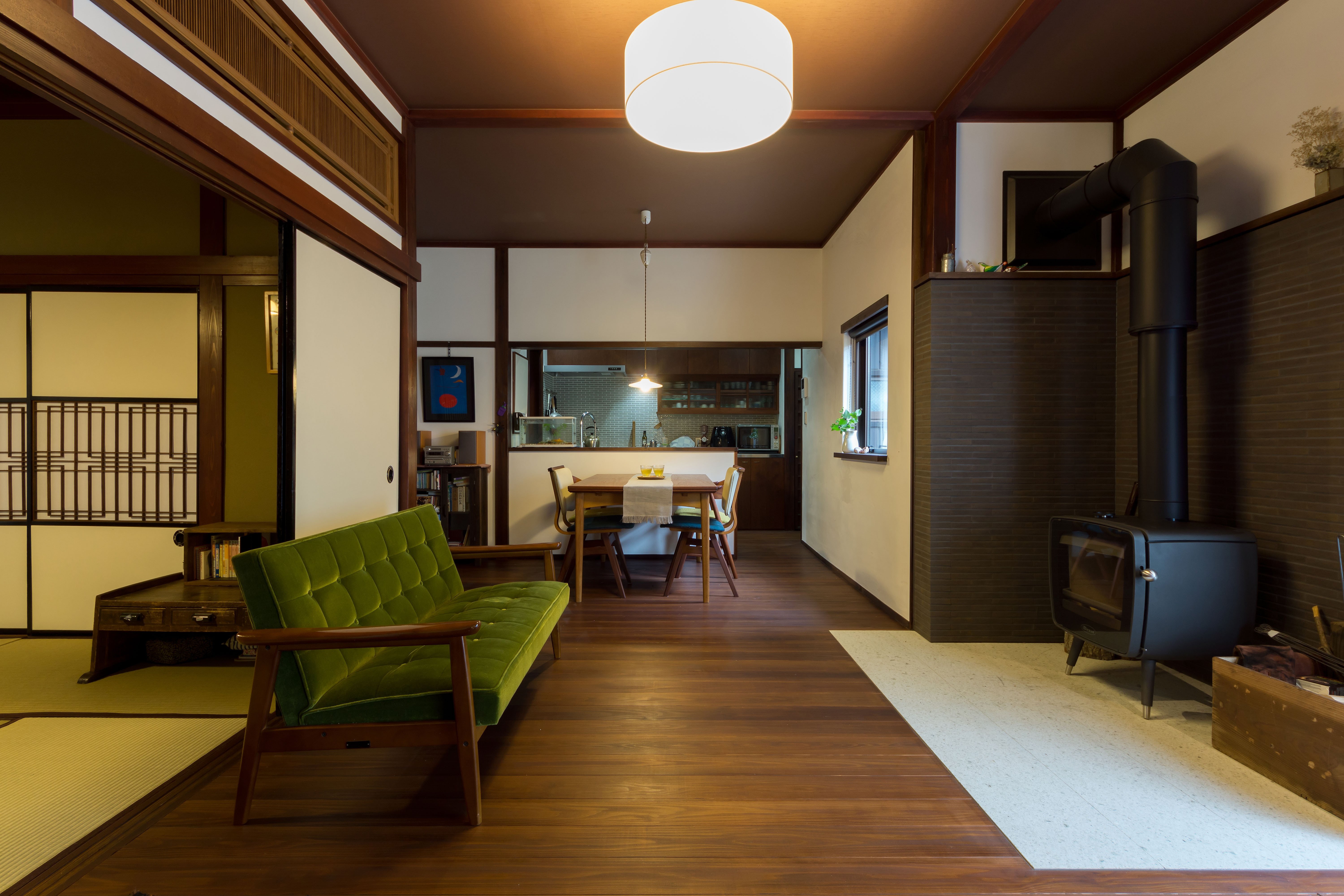 The
living room
is often considered the heart of a
Japanese house
, and for good reason. In traditional
Japanese
culture, the concept of
simplicity
and
harmony
is highly valued, and this is reflected in the design of their homes. The
living room
is a space where these principles are brought to life, creating a
calm
and
serene
environment for relaxation and contemplation.
In
Japanese
house
design, the
living room
is often referred to as the
zashiki
, which translates to "sitting room". This room is typically located at the front of the house, facing the garden or an outdoor view. The
zashiki
is designed to be a
multi-functional
space, used for entertaining guests, family gatherings, and even as a sleeping area for guests.
The
living room
is often considered the heart of a
Japanese house
, and for good reason. In traditional
Japanese
culture, the concept of
simplicity
and
harmony
is highly valued, and this is reflected in the design of their homes. The
living room
is a space where these principles are brought to life, creating a
calm
and
serene
environment for relaxation and contemplation.
In
Japanese
house
design, the
living room
is often referred to as the
zashiki
, which translates to "sitting room". This room is typically located at the front of the house, facing the garden or an outdoor view. The
zashiki
is designed to be a
multi-functional
space, used for entertaining guests, family gatherings, and even as a sleeping area for guests.
The Elements of a Japanese Living Room
 The
Japanese living room
is characterized by
clean lines
,
minimalist
furniture, and
natural materials
. The use of
neutral colors
such as white, beige, and light wood tones creates a
sense of spaciousness
and
tranquility
in the room.
Tatami mats
, made from woven straw, are often used as flooring in the
zashiki
, adding a touch of
texture
and
warmth
.
One of the most distinctive features of a
Japanese living room
is the
tokonoma
, a recessed alcove used to display
artwork
or
decorative items
. This area is considered a
sacred space
in
Japanese
homes
, and it is often
decorated
with a
scroll painting
, a
flower arrangement
, or a
ceramic piece
.
The
Japanese living room
is characterized by
clean lines
,
minimalist
furniture, and
natural materials
. The use of
neutral colors
such as white, beige, and light wood tones creates a
sense of spaciousness
and
tranquility
in the room.
Tatami mats
, made from woven straw, are often used as flooring in the
zashiki
, adding a touch of
texture
and
warmth
.
One of the most distinctive features of a
Japanese living room
is the
tokonoma
, a recessed alcove used to display
artwork
or
decorative items
. This area is considered a
sacred space
in
Japanese
homes
, and it is often
decorated
with a
scroll painting
, a
flower arrangement
, or a
ceramic piece
.
Bringing Nature Indoors
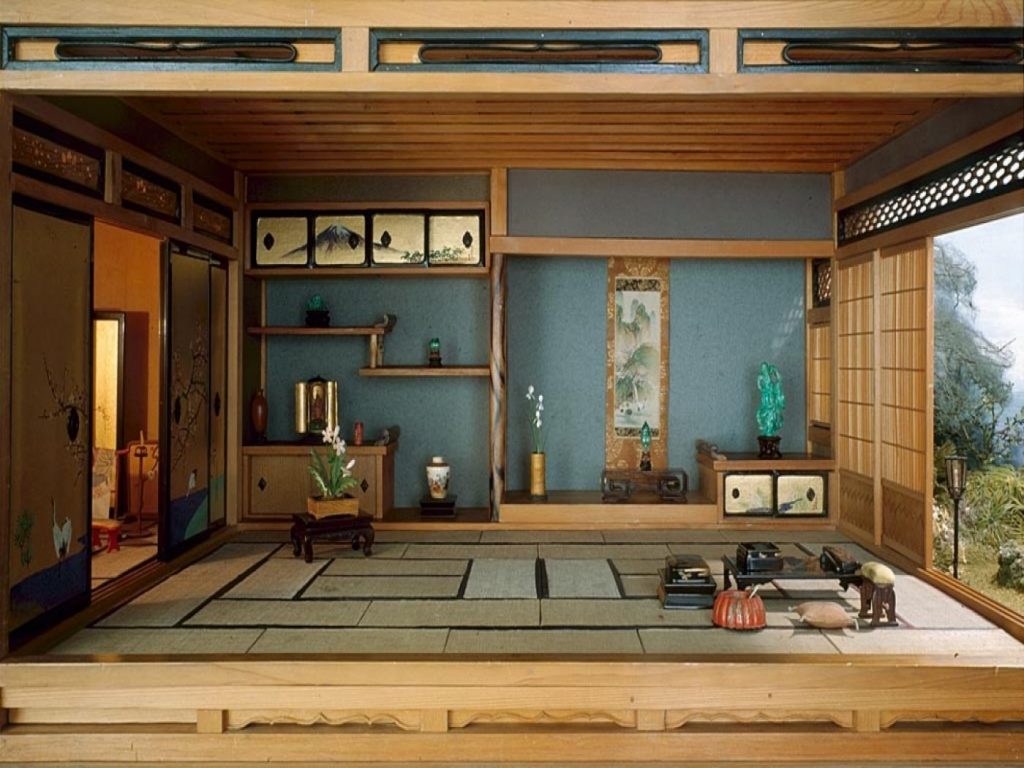 Nature plays a significant role in
Japanese
house
design, and the
living room
is no exception. Large
windows
or sliding doors, known as
fusuma
, are often used to
bring the outside in
, allowing natural light to flood the room and providing a
view
of the
garden
or
landscaped
yard
. Indoor plants are also a common feature, adding a
touch of greenery
and
serenity
to the space.
In conclusion, the
living room
is an essential element in
Japanese
house
design, embodying the concepts of
simplicity
and
harmony
while bringing nature into the home. With its
minimalist
aesthetic and
multi-functional
design, the
zashiki
is a perfect representation of the
Japanese
approach
to life and
design
.
Nature plays a significant role in
Japanese
house
design, and the
living room
is no exception. Large
windows
or sliding doors, known as
fusuma
, are often used to
bring the outside in
, allowing natural light to flood the room and providing a
view
of the
garden
or
landscaped
yard
. Indoor plants are also a common feature, adding a
touch of greenery
and
serenity
to the space.
In conclusion, the
living room
is an essential element in
Japanese
house
design, embodying the concepts of
simplicity
and
harmony
while bringing nature into the home. With its
minimalist
aesthetic and
multi-functional
design, the
zashiki
is a perfect representation of the
Japanese
approach
to life and
design
.








.jpg)
